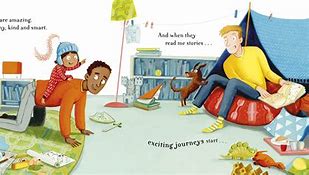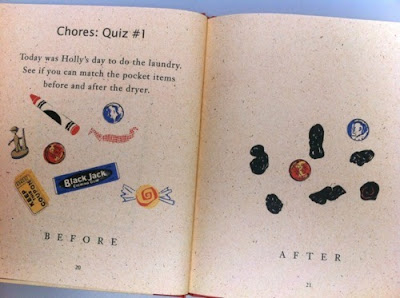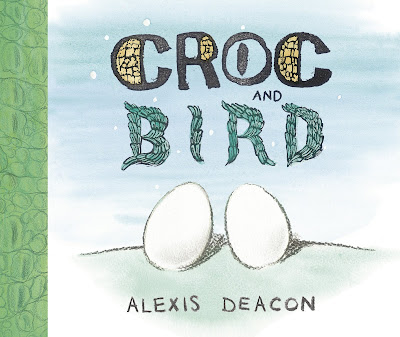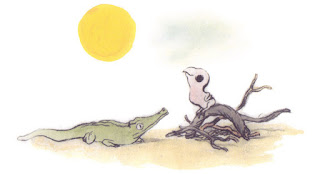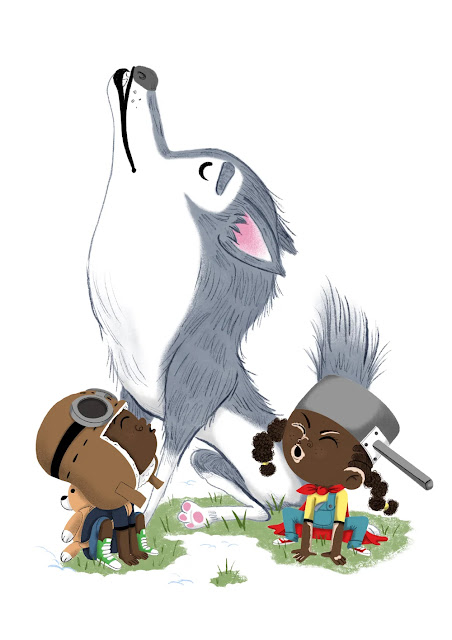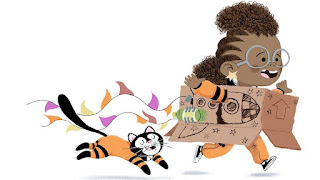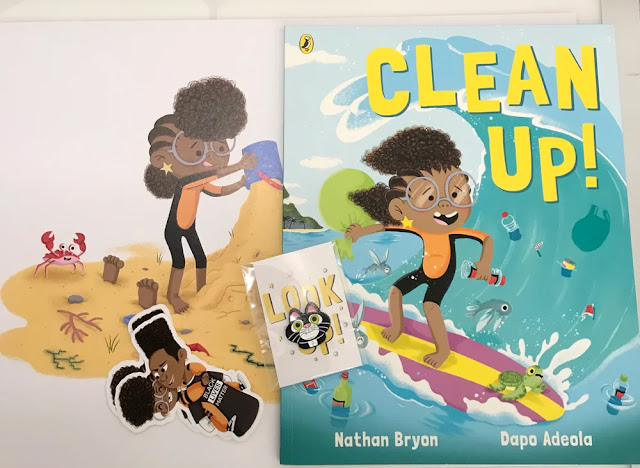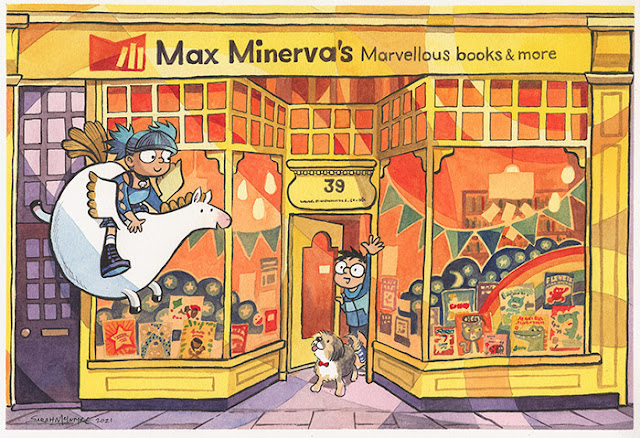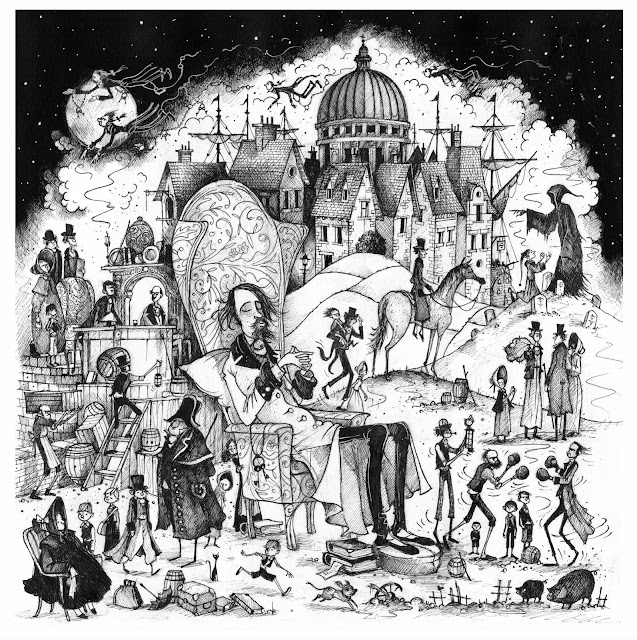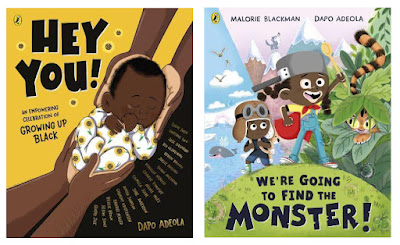This time of year, everyone is thinking of family. With this in mind, the Picture Book Denners have each chosen a favourite picture book featuring a family - and we all send our warmest wishes to you and yours. Please feel free to add you favourites in the comments.
Five Minutes' Peace by Jill Murphy (chosen by Jane Clarke)
This is a glorious celebration of everyone in the world being part of the great world family of 7 billion people. With 64 pages of fun, looking at different manners and languages, food, schools, birthday traditions, games, toys, music, presents and more, we see quite how much variety there is amongst us, and yet what a lot we have in common. What happens in other countries when children lose a tooth? In Sri Lanka you throw your tooth onto the roof and ask a squirrel to bring you a new one. How can you be polite in different cultures? In Japan you slurp your noodles to show appreciation of the food! Maps to study, games to try, words to master, this book gives a taste of quite how interesting our big world family is. This is a family that we're all part of.
Mr Bear Babysits by Debi Gliori (chosen by Natascha Biebow)
Debi Gliori is a master at capturing in words and pictures the nuances of family dynamics, especially in her Mr Bear series, now sadly out of print. I so admire how she manages to imbue her characters with a warmth and depth that is true to human nature – every one of us trying our best, but fallible at the same time. I chose Mr Bear Babysits because I love the children’s humorous antics as they try it on with poor inexperienced Mr Bear when he steps in last-minute to babysit for the Grizzle Bears while Mrs Bear stays home to try to settle their own grizzly baby. I can just imagine what this family would be like at Christmas time! I especially love the ending where Mr Bear offers Mrs Bear a cup of blueberry tea and a break from the crying baby with such love and kindness. And the final image of both Mr Bear and tiny baby tired out, asleep, is so heartwarming.
 |
| From Mr Bear Babysits by Debi Gliori |
This is what family is to me – being there for each other through the ups and downs, and loving each other warts and all. Being far from family more often that not is a tough gig, especially during the holidays. Wishing you all a joyous season and thank you for supporting our blog!
My Daddies by Gareth Peter and Garry Parsons (chosen by Clare Helen Welsh)
It's a heartwarming book inspired by Gareth's and Garry's experiences of both separately being in a same sex couple and adopted two young boys. In an effort to represent diverse families and their situation, they created this book and filled it with love for all children to enjoy. You can certainly tell that it comes from a personal and authentic place.
My Daddies, which has been illustrated by our very own picture book denner - Garry Parsons- is the first book published in the UK to be written and illustrated by same-sex couples. You can read more about their wonderful book and how it came to be, here. My Daddies! An interview with Gareth Peter and Garry Parsons | Young Writers
The Happy Hocky Family and The Happy Hocky Family moves to the Country! by Lane Smith (chosen by Garry Parsons)
Meet the six members of the Hockey family - Mr, Hocky, Mrs Hocky, Henry, Holly and Baby Hocky, Newton the dog and occasionally Cousin Stinky.
Follow the haphazard Hocky household as they stumble through the chores of daily life. Written in a dead-pan fashion similar to the Dick and Jane books and illustrated in a paired back graphic style, this is a funny, silly picture book with short sharp jokes on each page and lots of laughs. You both love and pity the family at the same time as they make a mess of the laundry and lose their teeth on toffee apples.
The Happy Hocky Family was first published in 1993 and its sequel, The Happy Hocky Family moves to the Country! came 10 years later in 2003, but was well worth the wait as it is equally as funny, if not funnier. Fed up with the city, the family move to the country for a more peaceful existence but have to learn the hard way that the countryside is very different form the city.
Read these books aloud with all the family!
Croc and Bird by Alexis Deacon (chosen by Mini Grey)
Croc and bird hatch side by side, and, without parents and not knowing any better, they bring each other up and discover how to be in the world together and grow big together.
But when they encounter a lake full of crocodiles and a forest full of birds, they realise they are not related after all.
Crocodile swims off to be with the crocodiles, and Bird flies off to be with the birds,
But their Croc & Bird ways of being don't fit with their new families. Crocodiles aren't supposed to sing or build nests, and birds aren't supposed to hunt buffalos or fly at night.
When neither of them can sleep, Bird finds Crocodile perched in a tree, and they realise they are each other's family, even if they happen to be different species.
I think this book is about how sometimes you can forge your own unconventional family, that family can be a feeling of belonging together.
(c) Debi Gliori
I've chosen Debi Gliori's beautiful No Matter What, which encapsulates parental unconditional love.
(c) Debi Gliori
Love bursts out of every page where Small is in a bad mood and thinks that no one loves him. Large reassures Small throughout -however outrageous a 'what if...?' suggestion Small makes (what if he turned into a bug, or a crocodile, for example?
This book was a favourite with my children and lots of their cousins when they were little. In fact, when my mum died, we put the book in the grave with her (and bought more copies) as she'd loved reading it with so many of her fifteen grandchildren. And Debi actually wrote me something utterly beautiful about unconditional love between mothers and children that we nearly, but couldn't quite, read out at the funeral as it was so poignant. You can tell that this book has been written and illustrated from the heart.
(c) Debi Gliori
It's such a beautiful book to read, and Large is a parent so could be a mother or a father. I know fathers who absolutely assume Large is a father, and I've always assumed Large is a mother. I think this makes it even more relatable to whoever is reading it (similarly with Small).
I'd recommend it for everyone, any time of year.
Have a wonderful, peaceful holiday x
PS You need to read the UK picture book edition (not the board book, and not the US edition -which removes all references to death although the fact that Large says that love, like starlight, never dies, is key to it all)






